For decades, German audio company Sennheiser has made some of the best headphones you can buy, regardless of whether you’re trying to keep it thrifty or splurge. In recent years, though, the legacy brand has had to adapt its technology to an era when how consumers listen to music has radically changed.
At CES, I had the opportunity to sit down with Co-CEO Daniel Sennheiser to talk about how his company is evolving alongside the new contours of the audio soundscape.
Daniel Sennheiser, along with his brother Andreas, officially took over control of the company as CEOs on July 1st last year. The pair have a seemingly perfect combination of talents. Andreas is an engineer, just like their grandfather, Fritz, who founded the company in 1945. As an industrial designer who specialises in products, Daniel introduces a new set of skills to the company’s strategy.
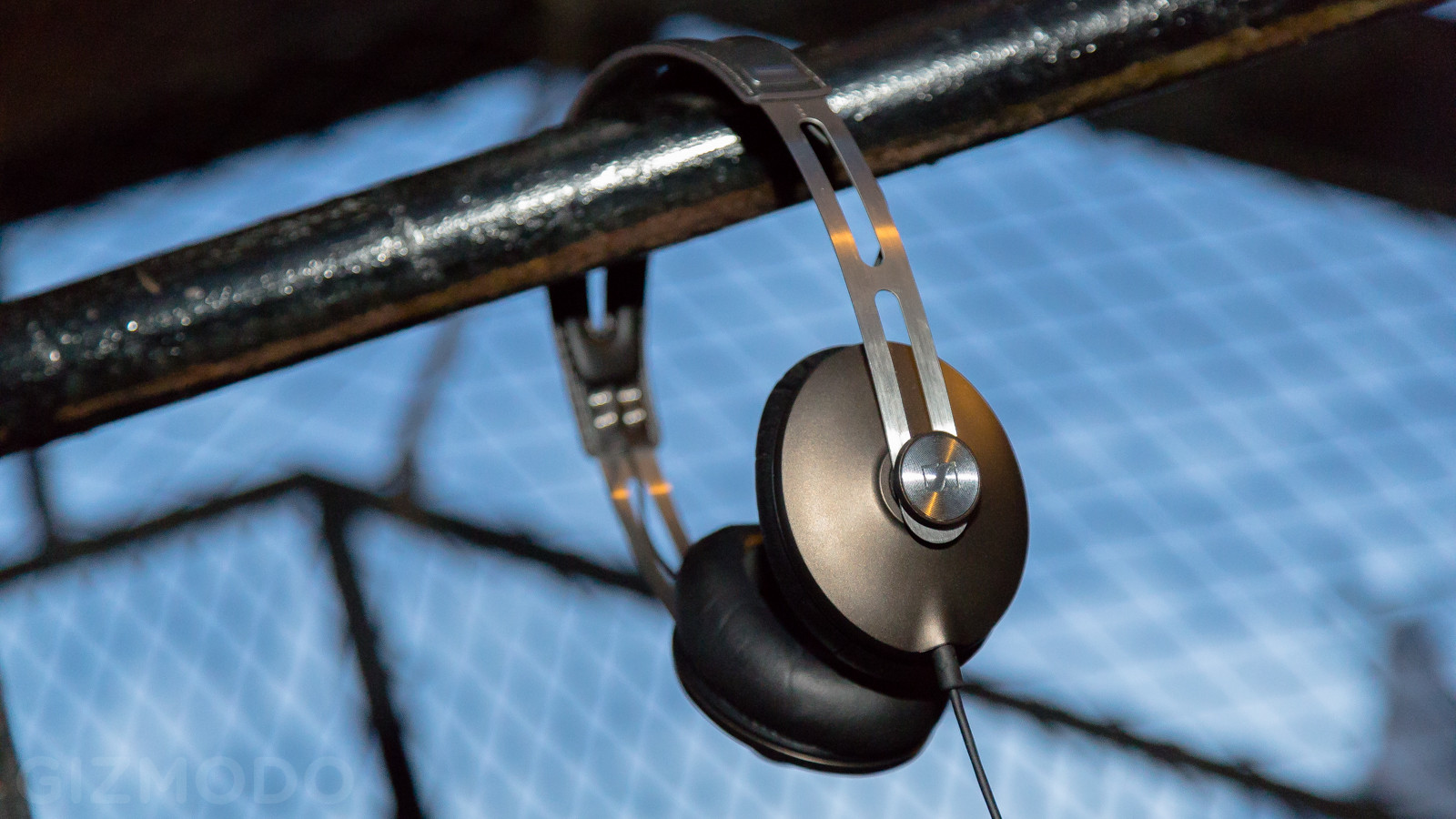
Indeed, from the outside, Daniel would seem to be exactly what Sennheiser needs. Now more than ever, the headphone is a mass-market consumer product. People buy EarPods and Beats By Dre by the millions, without giving the engineering that goes into sound a thought. They might not even care if a product sounds good at all.
It’s real challenge for a historically engineering-focused company like Sennheiser. But after getting a slow jump on the burgeoning market for fashionable cans, the company introduced a pair of headphones tailored to the recent consumer shift.
Released in late 2012, Sennheiser’s Momentum headphones are the company’s take on a lightweight “lifestyle” product — one that doesn’t compromise on sound. This year, at CES, Sennheiser introduced a redesigned line of of DJ headphones, envisioned as a reboot of the company’s iconic but slightly outmoded HD 25s. With each of these products, Sennheiser has taken the balanced sound its engineering department is known for and bundled it into a slicker package, one that the kids might feel ok about picking up at Best Buy.
Here’s what Sennheiser had to say about the challenges of evolving his family’s company for the modern music listener — without compromising on the sound that made them successful in the first place.
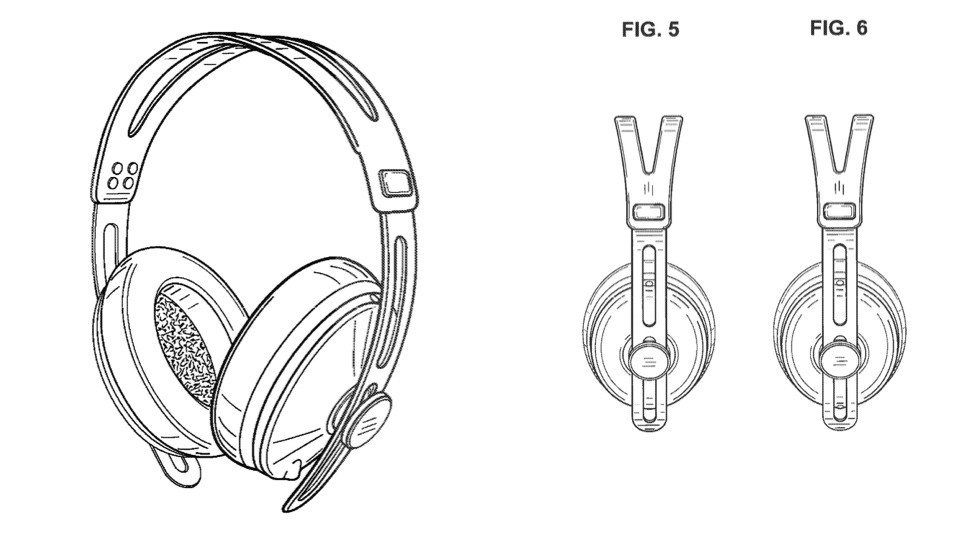
Gizmodo: With the Momentum line, it’s interesting to see Sennheiser approach a more mass market consumer product. For a company with such an august history, is it a shift?
Daniel Sennheiser: It always depends. You have to look at it in perspective. In 1968 we brought out the first hi-fi [Open] headphone with the HD 414. That was 100 per cent of the market at the time. We always developed in different areas as well, but there there were other people coming into this market, obviously. Now, we are regaining the lifestyle part of it — or rediscovering the lifestyle part of it, with the Momentum line, which is not that we haven’t been in it before, but the way it’s approached today is different. We are creating substance. We are not just creating something which is stylish and hip and full of plastic.
Giz: I imagine that historically, your customers have fallen in between the mass market customer and the very high high-end customer. Where do you see that shift going down the line?
DS: The headphone has experienced a lot of growth in the last 10 years because of smartphones — and that is something that didn’t exist there before. Really, Sennheiser has always evolved over time with what the consumer wanted. For example, our original patent was also used for the original for the Sony Walkman. The dynamic of the last couple of years was something that took us a bit by surprise, and it took us a little bit of time to understand that consumer behaviour had shifted to something else.
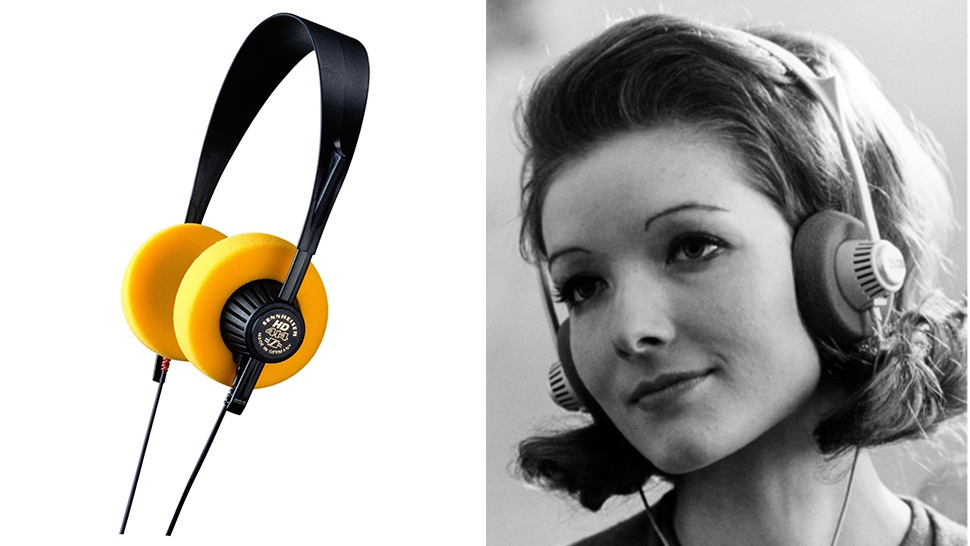
Giz: Can you go into more detail? When you say the consumer behaviour has shifted, do you mean towards smartphone?
DS: Smartphones are an enabler for headphones, because every smartphone needs a headphone, and people are using headphones on the street more. Suddenly, it’s become a lifestyle accessory. That’s something that for an engineering company like ours was very hard to understand at first. We were still arguing the features and performance, and the customer was only interested in flashy colours. Now, the customer is coming around, and they’re realising, OK, they’ve spending a lot of money on a piece of plastic that breaks. Now they’re coming around and buying quality headphones.
Giz: Are you really seeing evidence that that’s happening?
DS: Yes, but at the same time we don’t want to be for everybody, we have to be very specific about what we’re making. We’re very good at DJ headphones, we’re very good at high-end headphones. Those markets have grown, so this [Lifestyle market] is just being added. It’s not that the high-end and the DJ market has declined — the lifestyle market has just been spectacular.
We believe that the people who are looking at Sennheiser as a brand — They’re not for the kids that are just looking for the latest fashion.
Giz: Can you tell me in a little more detail what the internal discussion was when you were taken by surprise by this change in consumer behaviour? Was there tension or a debate?
DS: My personal background is in product design. So I come from that perspective.
Giz: What kind? Industrial design?
DS: Industrial design. That’s my training. I worked for Procter and Gamble before I joined Sennheiser. So I have a marketing and design background and that is exactly the reason to come here. I’m not an engineer — my brother is an engineer. We work together and we’re very complementary. But [Design] is a sensitivity which was not used before at Sennheiser.
Now, convincing all engineers that, yes, the technical specs are important — and we won’t make compromises on that — but that we’re going to add the design aspect and the lifestyle aspect… That was a difficult discussion. We had to go through the typical stages of denial, refusal, etc. We had to do couple of design rounds internally until we got it right because we refused many concepts that we didn’t bring to market.

Giz: I was talking to my managing editor upstairs over in the press room. He’s very fond of your exercise headphones. There are other lifestyle categories — take your new gaming headsets for example. These aren’t just audio products or fashion products. They’re actually targeted at specific functions. You had that with the avionics headphones before as well.
DS: We have always created headphones for specific applications because we know more about it than anybody else. Really the purpose is always to find the right solution.
A good example is the HD 25. The HD25 was originally specifically developed to go with Nagra portable recorders. The idea was to create a headphone that was very lightweight, very versatile, very strong, and that used very little power because it was battery operated, and battery life was a real problem then. Afterwards, it was also used in the Concord because of the good sealing. From there, it moved into the DJ space because it is something that is very loud. So it actually came from a professional recording headphone to an aviation product to a DJ space. The product’s been on the market for 25 years, and it is now the standard DJ headphone everywhere. And we’ve been able to reinvent that with the new top-of-the-line.
Giz: What do you think it means when products find markets that they weren’t intended for?
DS: My grandfather always had a very good saying for that: “Luck is chance plus preparation.” Yes, you need chance, and sometimes something happens and actually you have no influence, but you always have to be prepared to be open to it, and to jump on it, as well. We all have moments when a chance comes around — but if we’re not prepared to jump on it, we miss that chance. And that’s what we’re really trying to do in all these markets. We need to do a lot of research. We have 300 engineers constantly searching for solutions.
Giz: Do you usually you say “we need something for gaming?” What’s the approach?
DS: With a foresight team we create scenarios that are looking 10-15 years in the future, and we’re trying to imagine how that’s going to look. Then we build products for them. That gives us information about the technologies that we need to develop, and it gives us information about some of the trends we need to jump on. We do the research on the technical side and we do research on the social psychological side, as well.
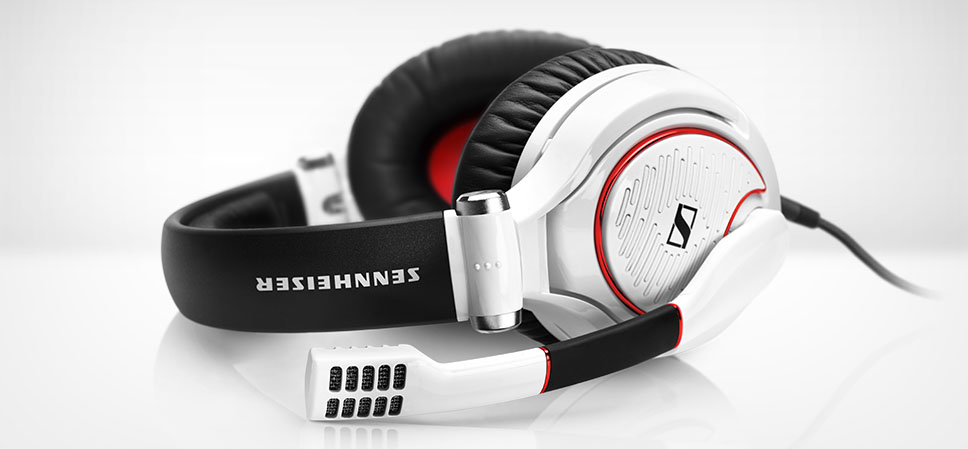
Giz: Has the social psychological research changed because of developments over the last couple of years?
DS: Innovation is not only driven by technology anymore. We will continue to innovate in technology. We have specifically hired people on the technology research side in the last couple of years. But we have to complement that with the consumer research as well.
Giz: Well, I imagine when the company was founded, people didn’t even understand consumer research yet.
DS: There’s a very funny story. When our original open air headphone, the HD 414, was developed, my grandfather came to the sales organisation and said, “how many of these can you sell?” and they came back with 500 pieces a year. So that was the entire estimated market for headphones in 1968. My grandfather said it doesn’t make sense to produce 500, I’m going to produce 5000. From a production standpoint that’s the smallest quantity we can make. They were sold out in three months. So, market research can be wrong sometimes as well — especially in a markets that you don’t know well yet.
Giz: As you’ve evolved, what’s surprised you in developing the new range of products?
DS: What’s positively surprising right now is that people come back to substance. Customers are tired of a product that only lasts half a year. They’re tired of the poor quality of what they get, so they are coming back to high-quality products. They appreciate good sound, and that plays in our favour. And especially now, the high-end part of the market, which has gone away from from a very niche high-end to something which is a lot more mainstream. A product like this one:
[Pulls a set of IE 800 in-ear monitors from his breast pocket.]
The IE 800 — it costs more than gold if you look at the weight. And it’s something that I never leave the house without, because it is so much better than anything else you can find. We can’t build enough of them to satisfy demand.
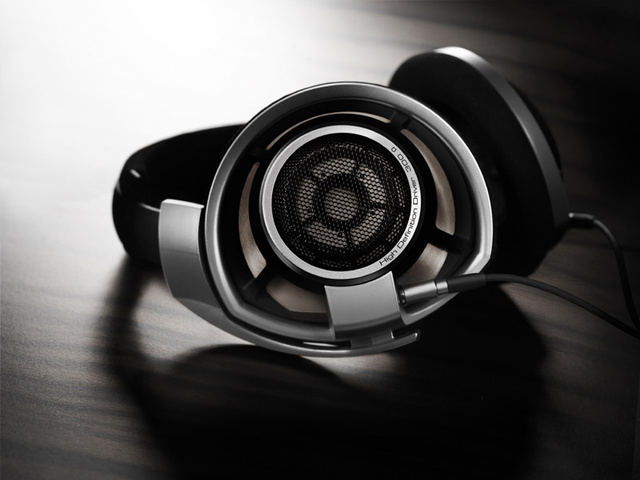
Giz: Do you ever look at your low-cost competitors and think to yourself, it would be so easy to cut corners and make a ton of money?
DS: It think it comes down to why you exist and why your company exists. Our purpose is to advance the science of sound. That is what we’re after. We are crazy about that. It’s not a destination. It’s a journey. It’s a quest. It’s almost philosophical. Really, what’s driving us is the pursuit of perfect sound. It’s a collaboration between us and the customer. If you have that idea in mind, you can always reinvent yourself — and you’re in it for the long haul. If you’re only in it for five years and you want to sell your company or you want to make your money, I’m not going to say that doesn’t make sense. But for me, I couldn’t look in the mirror. I want to change the audio world, and every one of our 2,500 people do, as well.
Giz: There’s always the rumour that another [Orpheus] electrostatic headphone is going to come out, and I asked [Axel Grell, Sennheiser’s senior acoustic engineer] this is well. I’m not going to ask you again, because what everyone always says is “we don’t know.” But from the logical point of view, it wouldn’t even make sense to consider that.
DS: We always do things that make no sense. If you’re crazy about what you do, you always do the things that you believe in. For us, the real question is can we do it better? Think about the HD800, HD700, IE 800. They all pushed the boundaries of a traditional dynamic headphone. So when it comes the electrostatic Orpheus headphones, we’re always experimenting with the technology — but we will never make a product that is inferior to the orpheus. It would have to be better.
